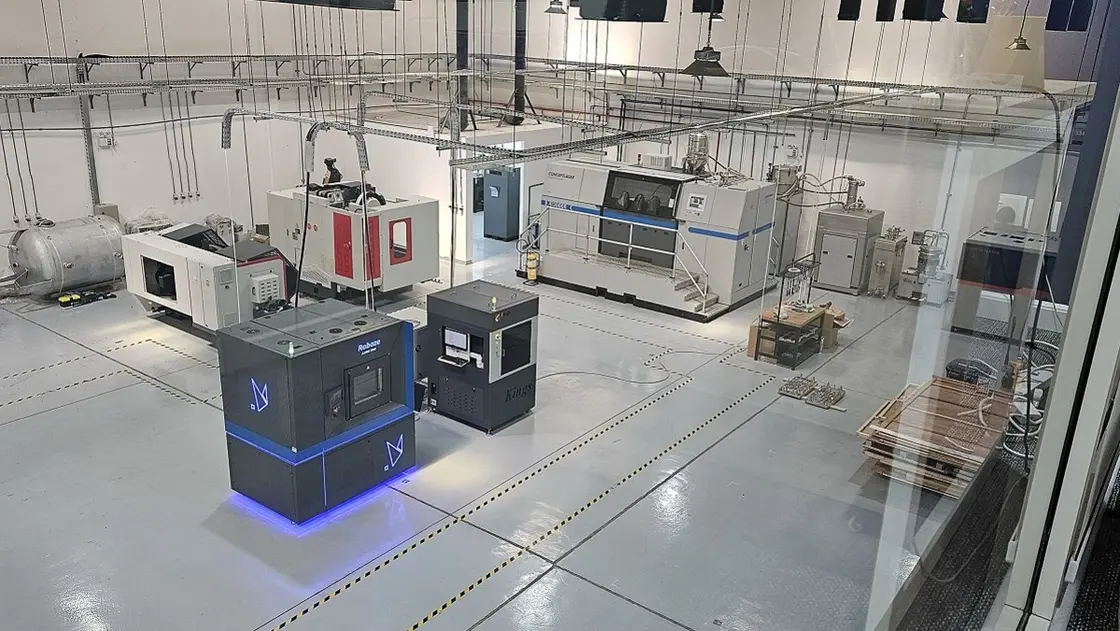Industry 4.0 – the Fourth Industrial Revolution or 4IR – is the next phase in the digitization of the manufacturing sector, according to McKinsey & Co. One of the foundational forms of disruptive technologies that can be applied all along the value chain during this phase is additive manufacturing (AM), such as 3D printing.
With 3D printing gathering steam as a transformative technology for construction and oil-and-gas sectors, Immensa, a company based in Dubai, UAE, and Dammam in Saudi Arabia is blazing a trail in the Gulf region.
Industry 4.0 – the Fourth Industrial Revolution or 4IR – is the next phase in the digitization of the manufacturing sector, according to McKinsey & Co. One of the foundational forms of disruptive technologies that can be applied all along the value chain during this phase is additive manufacturing (AM), such as 3D printing.
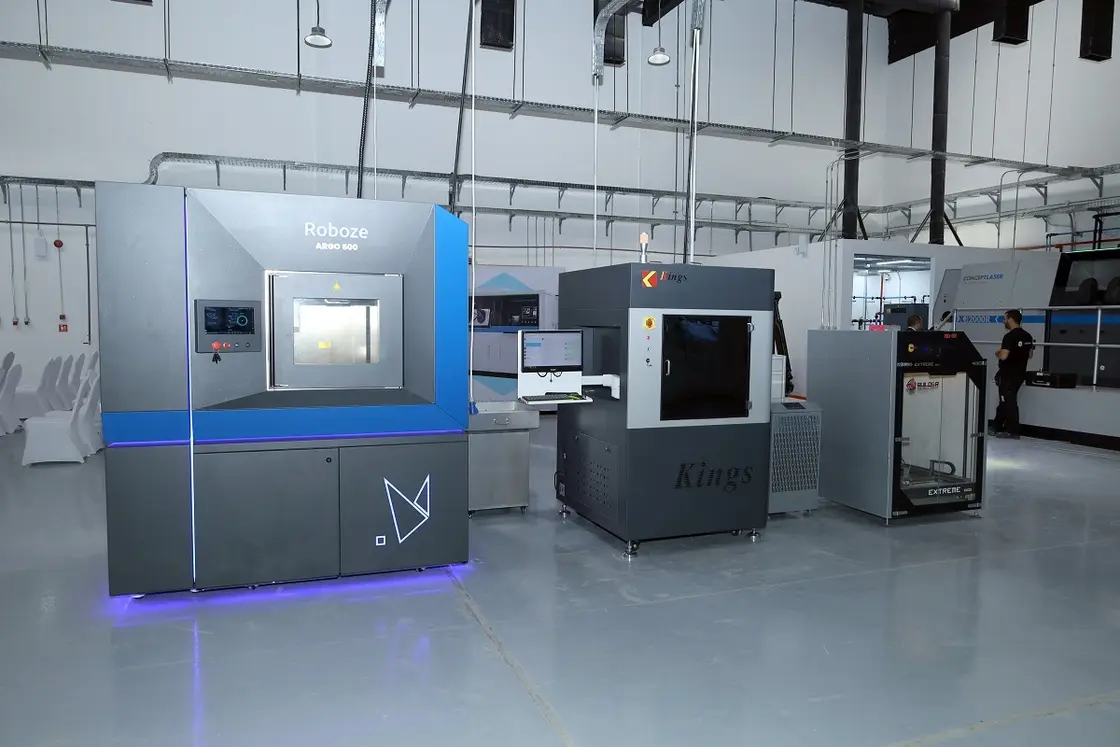
Fahmi Al-Shawwa, CEO of Immensa, spoke to Al Arabiya English about how the company is transforming the world’s spare parts supply chain through a sustainable, efficient and financially viable transition to digital warehousing, while economically leveraging AM technologies.
Apart from its world-class facilities in both Dubai and Dammam, Immensa also operates in Kuwait and services clients in Oman, Qatar, Bahrain and a few other international markets. They work with various industries within the energy and utilities sectors, with significant expertise in oil and gas and power.
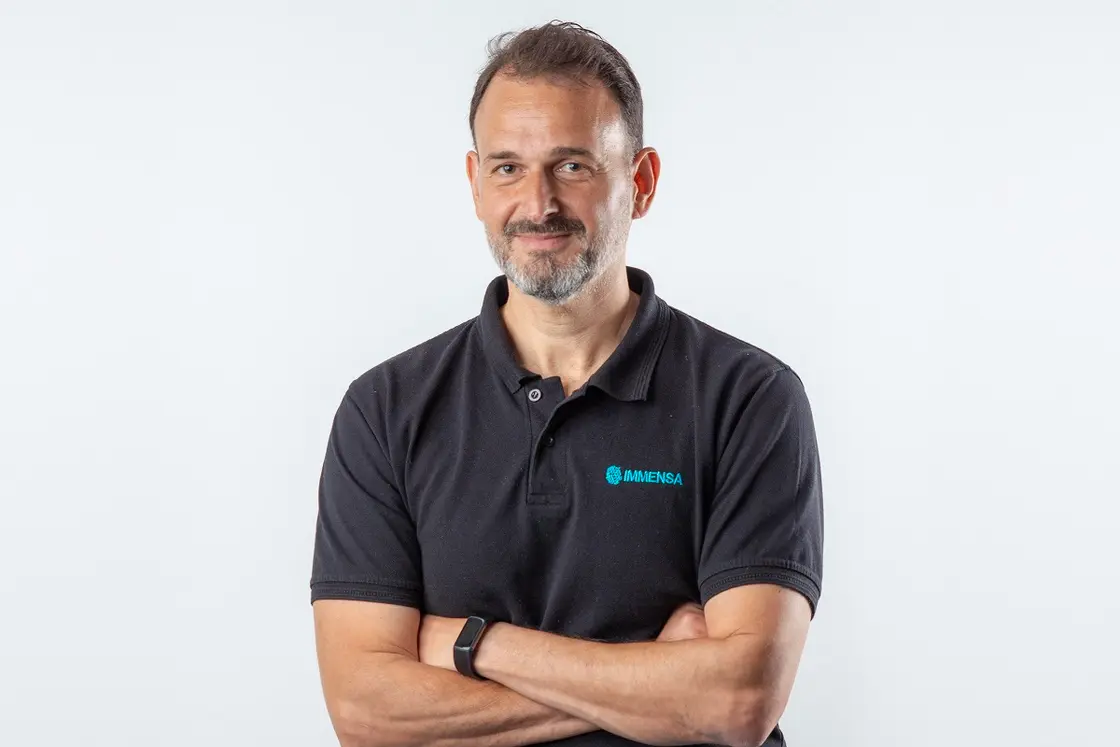
Immensa offers various services, including 3D printing, Digital inventory and technical support.
Al-Shawwa explains the key ways these three services benefit the industries in the region.
The fleet of industrial 3D printers deployed by Immensa creates spare parts on demand. This eliminates the need to store physical spare parts, saving businesses money and space.
Immensa uses a cloud-based platform that provides an end-to-end solution to organizations transitioning from physically storing spare parts to virtual warehousing, allowing businesses to order new parts when needed quickly.
They also offer technical assessment services to help businesses implement their AM and digital inventory strategies, in addition to offering building companies in-house AM capabilities.
Following those are the benefits accruing to industries, at the top of which are reduced costs, improved efficiency, and increased sustainability.
“Immensa can help businesses save money on spare parts by eliminating the need to store physical parts. They can also help businesses economize on logistics costs by shipping parts directly to the point of use,” Al-Shawwa said.
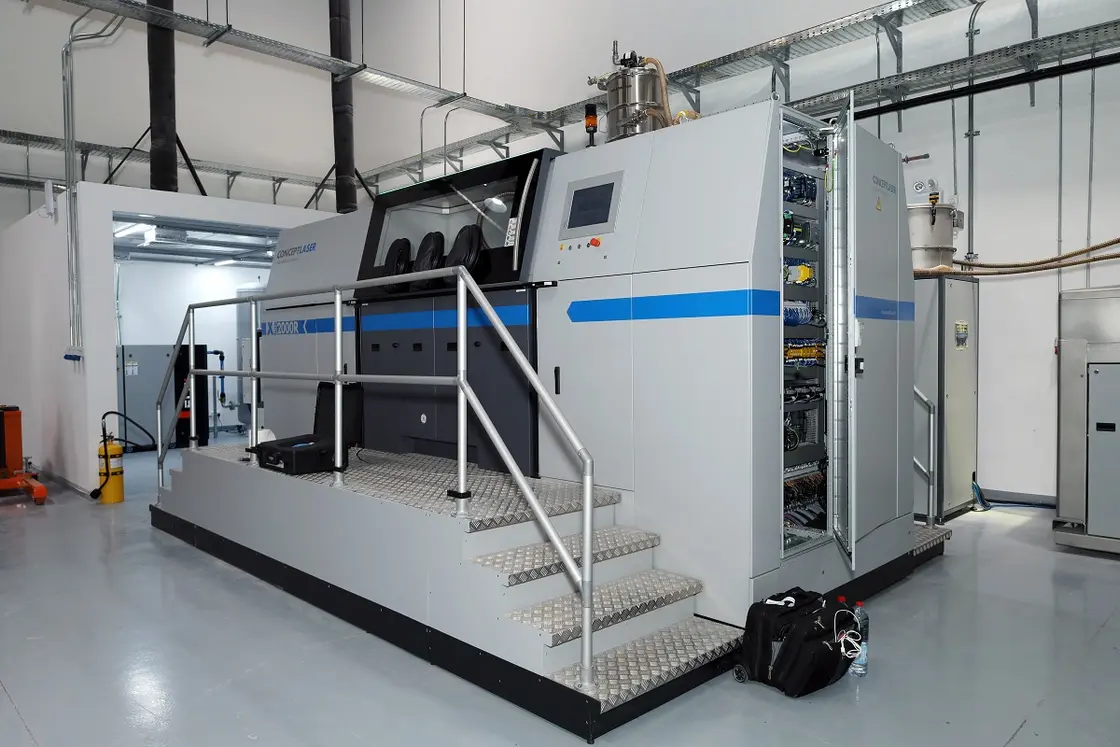
“Our digital inventory solution makes it easy for businesses to order new parts quickly and efficiently, improving productivity. The AM technology reduces the need to manufacture physical spare parts, which can help businesses reduce their environmental impact.”
Immensa was established in Dubai in 2016. At the time, the government had not fully unlocked the potential of 3D printing technology.
“We found in Dubai a strategic location for our industrial base. The emirate served as a good springboard to launch the business. Today, we do not see Immensa as a Dubai-first company, rather as a regional company with full-fledged corporate offices in Saudi Arabia and the UAE,” Al-Shawwa said.
“Saudi Arabia is a massive market on its own and is proving to be a strong base to export from, while UAE is where our international markets are serviced from, where a lot of our tech operations are based, as well as a big portion of our R&D activities,” he added.
He explained the concepts of AM and digital warehousing and how it is relevant to the future of manufacturing in the Gulf and Middle East.
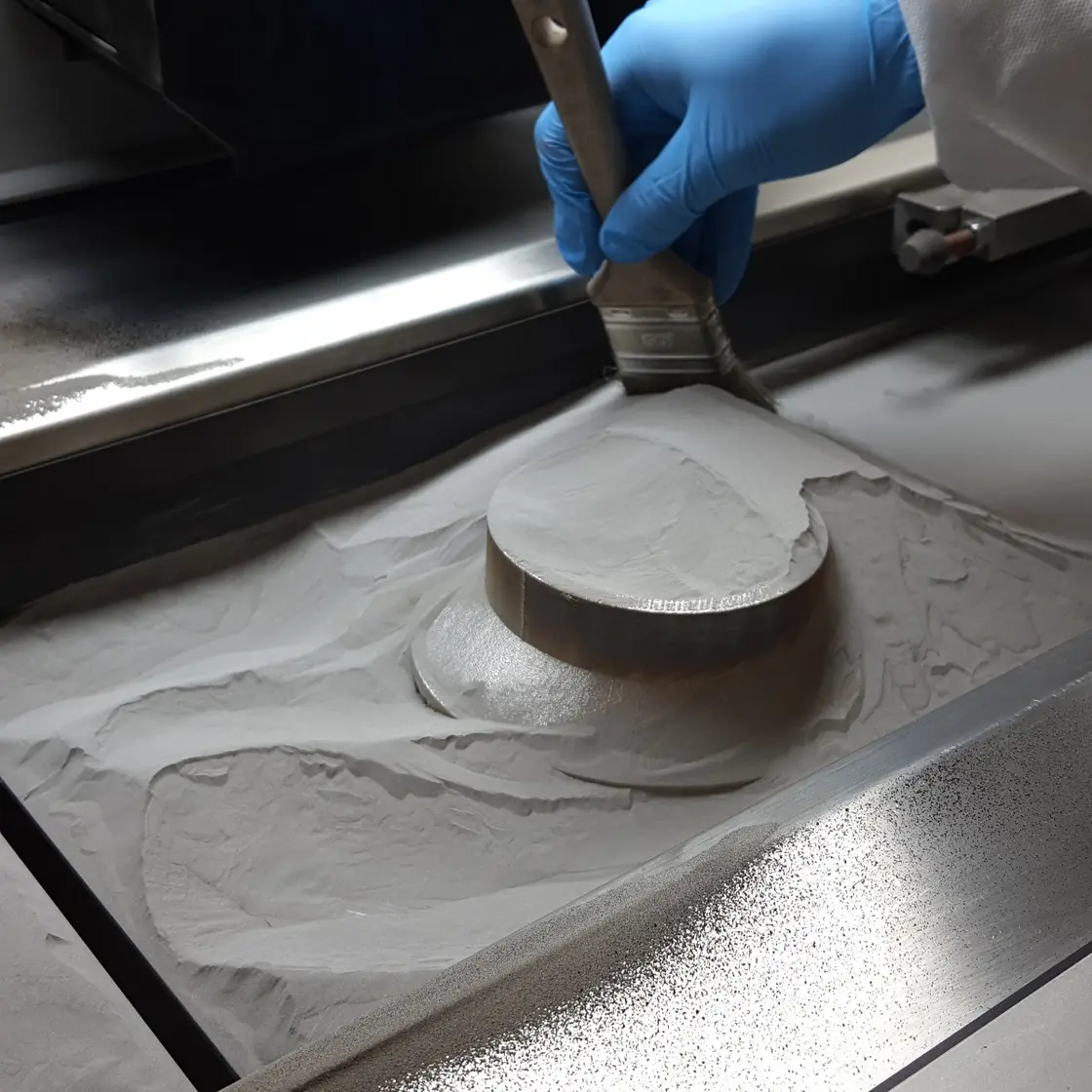
For Gulf countries to become true industrial players on a regional or global level, they must embrace advanced manufacturing technologies, including robotics and AM.
Historically, conventional manufacturing has relied on blue-collar labor. “This model has often been at odds with the demographics and strategic objectives of the Gulf states,” the Immensa CEO said.
“With the advent of AM and robotics, the manufacturing formula flips. These technologies shift the focus from manual labor to more white-collar engineering roles, requiring skilled professionals to design, manage, and optimize production.”
Key goals in the Gulf region
This shift, according to Al-Shawwa, aligns with several key goals of Gulf countries:
Increasing employment of citizens: By focusing on technology-driven manufacturing that requires skilled engineers and technicians, the Gulf states can offer more attractive employment opportunities for their educated citizens.
Localizing industries: Advanced manufacturing technologies enable more localized production, reducing dependence on imports and aligning with the Gulf’s economic diversification and self-reliance goals.
Positioning as global innovators: By embracing additive manufacturing, robotics and other cutting-edge technologies, Gulf countries can position themselves as leaders in innovation, not just in the region but globally.
Sustainable development: These technologies also align with the Gulf’s push towards sustainability, allowing for more efficient and environmentally responsible manufacturing processes.
“The shift towards advanced manufacturing, including robotics and additive manufacturing, represents a strategic alignment with the Gulf’s unique demographics, economic goals and visions for the future,” Al-Shawwa said.
“Rather than following the traditional manufacturing model, Gulf countries have started to recognize that their path to industrial prominence lies in leveraging technology, nurturing talent and fostering innovation. By embracing advanced techniques, these states are poised to redefine manufacturing in the region, creating opportunities for their citizens, localizing their industries and positioning themselves as influential players on the global stage.”
Industries and links to manufacturers
As industry experts will testify, spare parts are the Achilles’ heel of the global oil-and-gas industry. Operators are forced to maintain extensive inventories of a large variety of parts and components to try and minimize production losses resulting from equipment breakdowns. Despite investing hundreds of millions of dollars in slow-moving inventory, companies still suffer billions lost in production value each year.
Immensa’s digital platform integrates with the ever-improving AM capability around the globe to better ensure that the necessary parts are available promptly to reduce downtime. Using Immensa’s platform, clients can select from many parts, have them produced at the nearest AM operator and deliver to the point of need quickly and efficiently.
In addition to reducing production losses, Immensa vastly decreases operators and OEM (original equipment manufacturer) costs associated with maintaining and managing a complicated and inefficient supply chain. Its solution delivers a massive ROI in terms of hard cash and an improved environmental footprint. Currently, Immensa works with several national and international oil companies and has ongoing projects with various OEM companies.
Dammam facility and regional expansion plans
The Dammam facility of Immensa was set up to be the best in its class on a global level. Today, it is the only end-to-end metal additive manufacturing facility that can take part, especially from energy or power sectors, and 3D print it, post-process it, heat treat it, and have it qualified under one roof. The facility houses the largest metal 3D printer in the market and the only one in the region.
“The state-of-the-art digitization tools and our own propriety softwares run the process all the way until delivery to the client,” Al-Shawwa said.
“In terms of expansion, we expect to have one more facility set up in Oman within a year and a second facility in the Kingdom within two years. Plans for both are underway. Our Saudi Arabia facility is being used as a springboard to cater to our international clients and we expect in the coming 16 to 18 months to see Immensa have more presence in North America,” he added.
3D printing trends and projections
Al-Shawwa pointed towards an increasing interest in AM over the past year. “We are witnessing the market’s maturing; in that, I mean, customers and users are exploring how additive manufacturing can be utilized to add value to their operations. Today, the landscape has changed significantly, with sophisticated organizations reaching out to specialized companies to understand if and how AM technologies can add value,” he said.
In terms of projections, it is challenging to pinpoint how much investment will go into AM and the ecosystem to support it. Varying figures and estimates are cited for projected AM investments, ranging from tens of millions of dollars to over a few hundred million. However, what matters is the output that will be generated by AM technologies across the region. Today, 3D printing captures less than 0.1 percent of the global manufacturing output, which stands at $12.8 trillion. 3D printing will likely capture around 5 percent of that over the coming few years, creating a $640 billion-plus market opportunity.
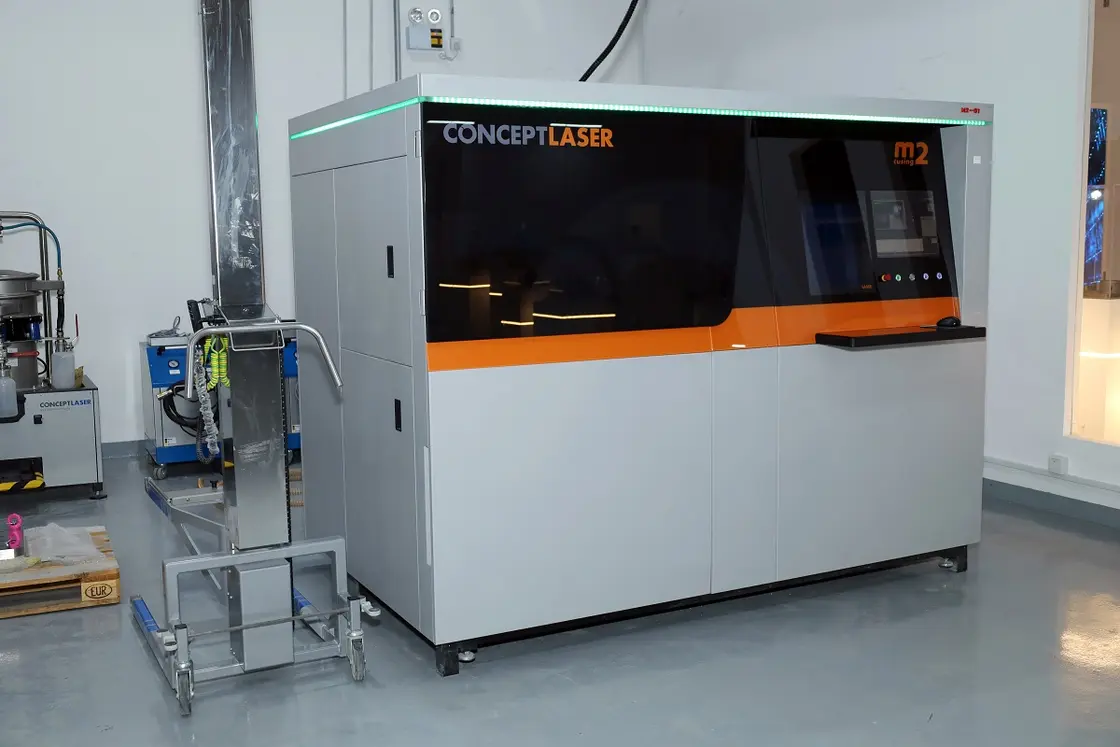
Let’s take that and apply it to the UAE and Saudi Arabia. We are talking about AM technologies contributing no less than $1.6 billion to the UAE economy and increasing manufacturing contribution to the national GDP by more than 15 percent from the current rate.
As for Saudi Arabia, the impact is expected to be significantly larger since manufacturing makes up 12 percent of its $156 billion GDP within the Saudi manufacturing industry, and current manufacturing industry is heavily based on conventional technologies. We see AM technologies expanding the manufacturing industry in Saudi Arabia to reach more than 15 percent of GDP vs today’s 12 percent.
Benefits of AM and digital warehousing
Environmental benefits: According to research, the adoption of digital inventory solutions (DIS) and AM can reduce global CO2 emissions by 12.39 percent.
“What many organizations and decision-makers do not realize is that the full potential of AM is only realized through DIS, allowing on-demand production and diminishing shipping needs. Together, AM and DIS form an imperative solution in our global fight against climate change,” Al-Shawwa said.
Material efficiency: Compared to traditional manufacturing methods, AM can keep material waste to as low as 5 percent. A study by the University of Groningen found that 3D printing could reduce material use by up to 25 percent.
Energy consumption: A report by the Energy Policy Institute found that 3D printing could reduce energy use by 5 percent to 25 percent compared to traditional manufacturing methods.
Transportation and warehousing: The concept of DIS, like the one Immensa specializes in, could reduce warehousing needs significantly. Some estimates suggest that on-demand production could minimize inventory costs by 20 percent to 50 percent.
Customization and optimization: Lightweighting parts through optimized designs can have cascading effects, such as in the automotive industry. According to the US Department of Energy, a 10 percent reduction in vehicle weight can result in a 6-8 percent improvement in fuel efficiency.
Along with the obvious advantages, the environmental impact of 3D printing materials should also be considered. A study by the University of California, Irvine, found that producing plastic 3D printing filaments could be more energy-intensive per kg than conventional plastics.
Saudi Arabia’s Vision 2030 of industrialization
The Immensa CEO said: “Our strategy is very defined and clear. We are building local knowledge and, more importantly, local capabilities to foster a viable ecosystem for advanced manufacturing. As mentioned earlier, AM shifts the structure of what is required to be an industrial powerhouse. Instead of relying on mass production and blue-collar labor, it flips the formula. Now, the emphasis is on white-collar engineers, automation and autonomous manufacturing systems such as 3D printing.”
He added: “Our role for the past few years has been to transfer that knowledge, upskill our labor force and young talent and provide a platform for organizations to utilize advanced manufacturing. We at Immensa are today by far the most advanced AM company, catering to the oil-and-gas industry worldwide. Given our expertise and know-how, we can surely play a role in achieving the Vision 2030 goal of having manufacturing contribute 20 percent to the Saudi economy – up from the current 12 percent.”
Subscribe to AM Chronicle Newsletter to stay connected: https://bit.ly/3fBZ1mP
Follow us on LinkedIn: https://bit.ly/3IjhrFq
Visit for more interesting content on additive manufacturing: https://amchronicle.com

